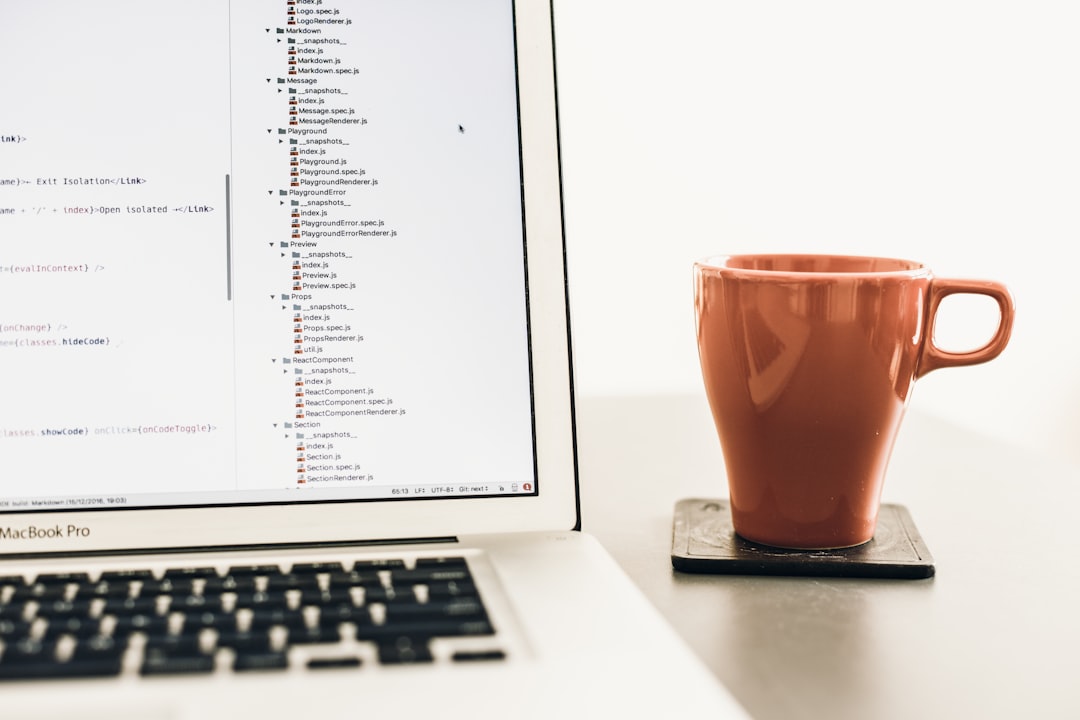What is it about?
The present study investigated working memory (WM) for real-world images. People tend to remember better images taken from different categories than from the same category, however, this pattern characterizes only certain types of stimuli (e.g., faces). Here we show that the beneficial memory for faces is not a category-specific effect (e.g., due to their holistic perception). Rather, it is an outcome of an attentional bias to faces, on the expense of memory for other categories. Faces may not be "unique" in their perceptual characteristics, rather, they tend to capture and engage attention due to their emotional and social importance.
Featured Image

Photo by Kyle Smith on Unsplash
Why is it important?
When measuring WM capacity, one needs to take into account potential biases that may occur at the encoding or the retention phase of WM. These biases may be critical when using real-world images, such as objects, faces and scenes.
Perspectives
For all WM researchers using real-world images... it is extremely important to be aware of potential attentional biases to certain image categories, that may strongly influence your results.
Nurit Gronau
Read the Original
This page is a summary of: The asymmetric mixed-category advantage in visual working memory: An attentional, not perceptual (face-specific) account., Journal of Experimental Psychology Human Perception & Performance, June 2021, American Psychological Association (APA),
DOI: 10.1037/xhp0000921.
You can read the full text:
Resources
Contributors
The following have contributed to this page










